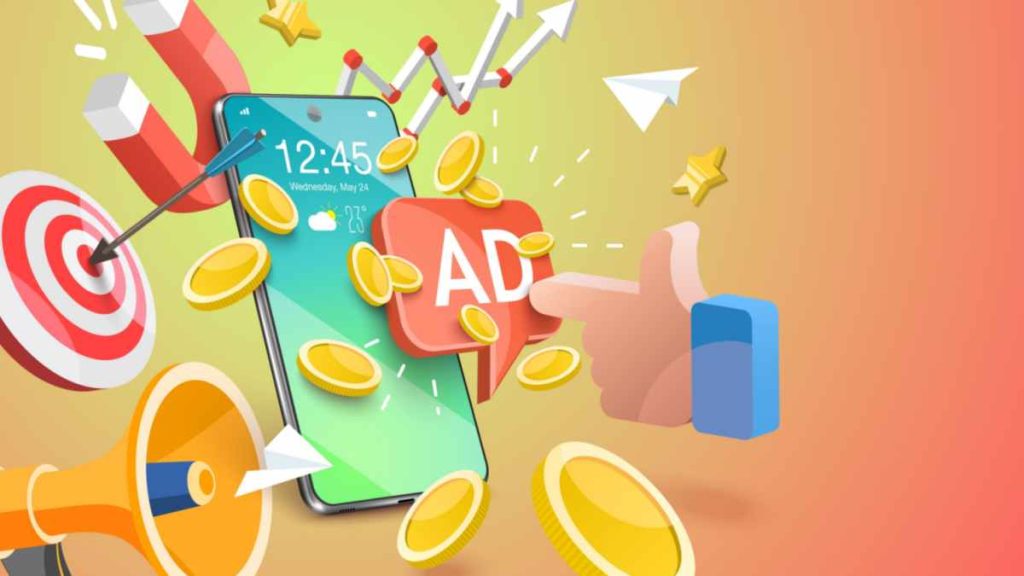It is no secret that many social media accounts are now automated. In fact, more than 250 million Facebook accounts are believed to be either fake profiles or bots, and unfortunately, bots on Facebook can have negative impacts.
In general, any type of software that performs an automated task is called a “bot.” Facebook utilizes bots for various purposes, including enabling users to automate Messenger responses. However, numerous additional bots are used on Facebook by other users for either good or bad reasons.
One of the best ways to target and draw in the appropriate audience for your products and services is still believed to be through Facebook Ads. But if Facebook is plagued by bot activity, it can be difficult to tell whether or not the engagement on Facebook Ads is genuine.
In this article, we discuss the issue of bots on Facebook, including:
- Different types of bots on Facebook
- Negative impacts of these bots
- How to protect your Facebook ads from these bots.
Let’s get started.
Types of bots and audiences on Facebook
Here are the most common types of Facebook bots, accounts, and audiences.
1. Bot accounts
Making a Facebook bot is pretty simple nowadays, even for a beginner coder. The creators can then employ these bots for various purposes, such as disseminating false materials or artificially increasing account interaction. There are widely reported instances of vending machines selling subscribers and clicks for just a few bucks.
2. Zombie accounts
Zombie profiles are those created after users cease using their accounts or pass away. There are procedures for deleting these accounts from social media, but many of them are still active. Additionally, these accounts are vulnerable to hacking or compromise by bots.
3. Data center traffic
Data centers may produce ad impressions in various ways, such as web scrapers. These scrapers are used by several trustworthy software applications, such as AHREFS, SEMrush, and even Google, to gather information from the internet.
However, many simpler web scrapers may unintentionally produce impressions on a Facebook advertisement.
Fraudulent botnets are another type of data center traffic that has received much attention in recent years. Fraudulent campaigns use data center traffic to mask their genuine location or identity and to route their bots.
How Facebook bots can affect your Facebook ads
On Facebook, you pay for each ad impression, which is the primary way you may have a negative outcome. But what about the other ways that bots and malicious actors can impact your ads?
Here are a few ways bots and bad accounts can affect Facebook ads.
1. Fake leads
Bots are getting better at interacting with links in a way that feels more human. This includes completing forms or downloads, which can provide misleading leads and skew your stats. Marketing and direct sales queries can result in additional waste due to these fake leads.
2. Flawed analytics
Your data is also impacted by bot traffic and unfavorable audiences included in your analytics. Many companies only pay attention to KPIs, traffic, and engagement. Why not put more money into the platform that generates your traffic if it seems successful?
You may better understand your ads’ overall performance by being aware of bot traffic on Facebook Ads. Additionally, it might assist you in enhancing your ad targeting by excluding these undesirable audiences.
How to protect your Facebook Ads from bots
Here are a few effective ways to block bots on Facebook and protect your Ads.
1. Make use of targeting to reduce exposure
Being able to micro-target your advertising is one of Facebook Ads’ greatest strengths. Unlike other platforms, Facebook has access to verified data on its users (some might argue that it has excessive access), and you can use this data to fine-tune your targeting and eliminate accounts based on a complex array of factors.
2. Be very cautious when using Facebook Audience Network
When organizing your Facebook Ad campaigns, remember that Facebook Audience Network (also known as Meta Audience Network) is a significant source of FB ad fraud. Be ready to reduce your losses if this addition to the FB Ad platform proves to be a losing proposition. A/B testing is a constant effective technique to monitor and evaluate any changes.
3. Understand the platform
You can utilize various ad types in Facebook Ads, all with their own rules. Finding strange or unpredictable behavior that could be a sign of bots or fraudulent activity becomes easier the more information and skills you gain.
4. Use a fraud prevention software
There are various software tools that detect and block bad bots traffic on Facebook, Google, Bing, and other big advertising platforms. Among the top ones, you can find CHEQ Essentials, Lunio, and ClickCease.

